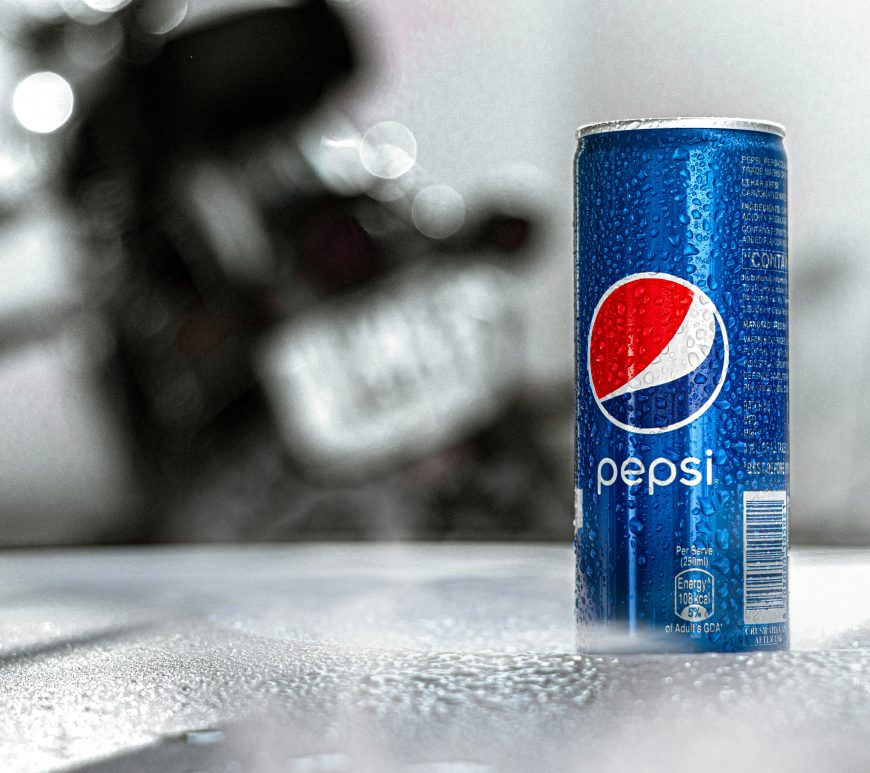
A Record Store Versus a Boy Band: My Experience on Loyola’s IP Moot Court Team
Even before starting law school at Loyola, I knew that I wanted to practice intellectual property (IP) law. IP law involves both transactional law and litigation. While transactional law focuses on the creation and review of documents and contracts, litigation focuses on resolving disputes, often in a courtroom setting. While I have always been interested in IP transactional law, I also saw the value of understanding litigation. Understanding litigation can be key to a lawyer’s transactional practice. A transactional lawyer can learn how to better draft documents and contracts so that a dispute (hopefully!) never arises and litigation is not needed. Continue reading “A Record Store Versus a Boy Band: My Experience on Loyola’s IP Moot Court Team”



